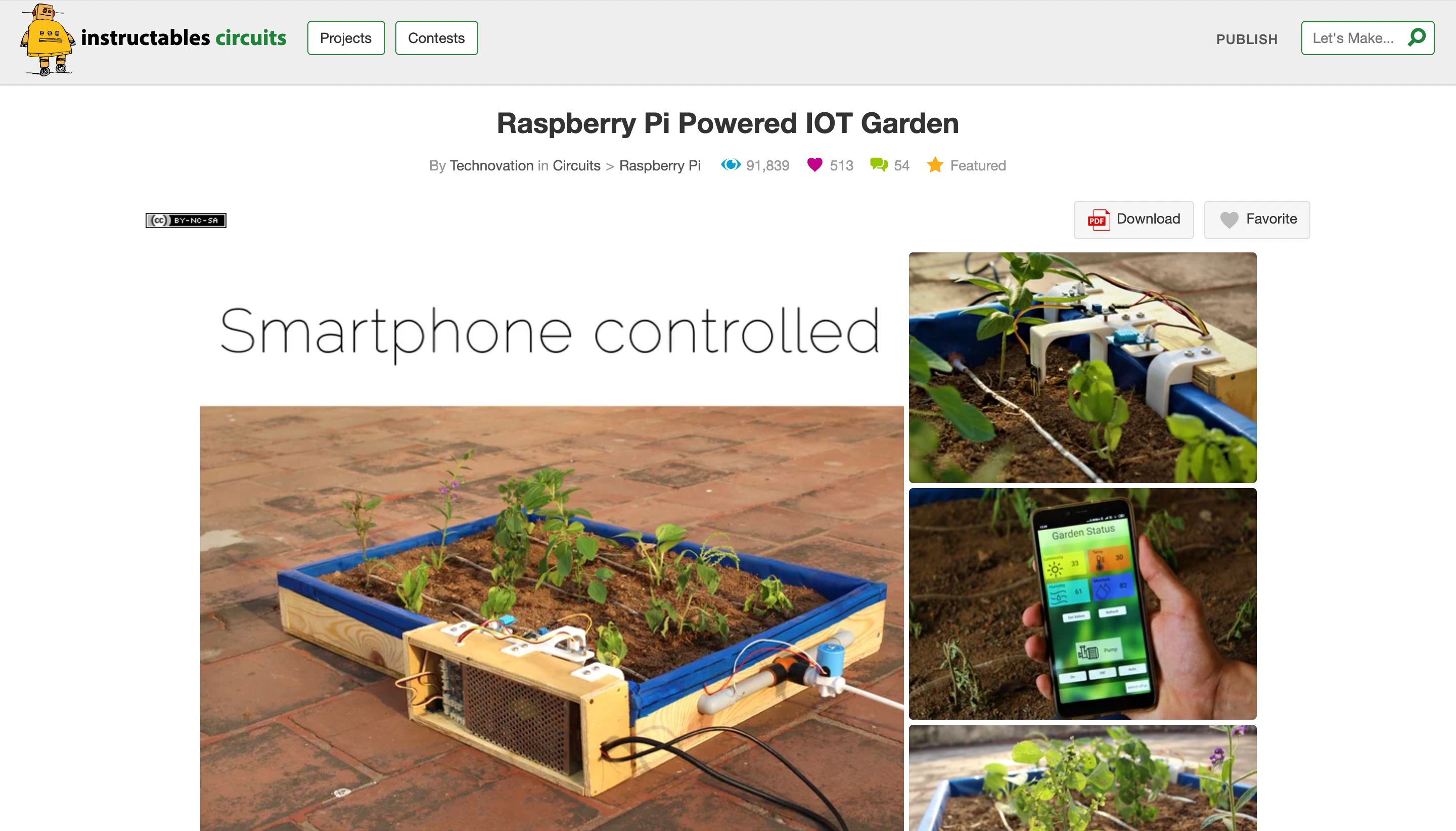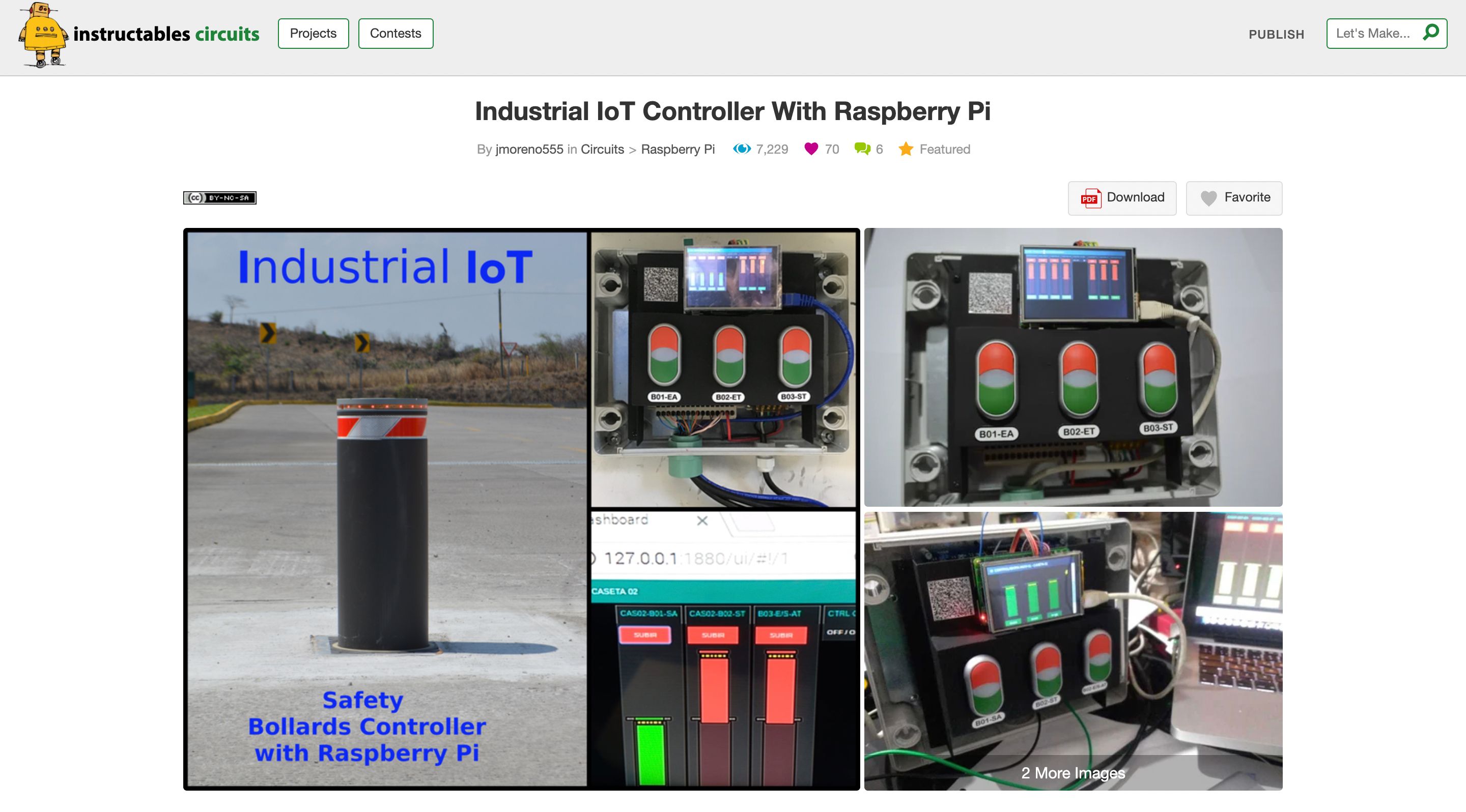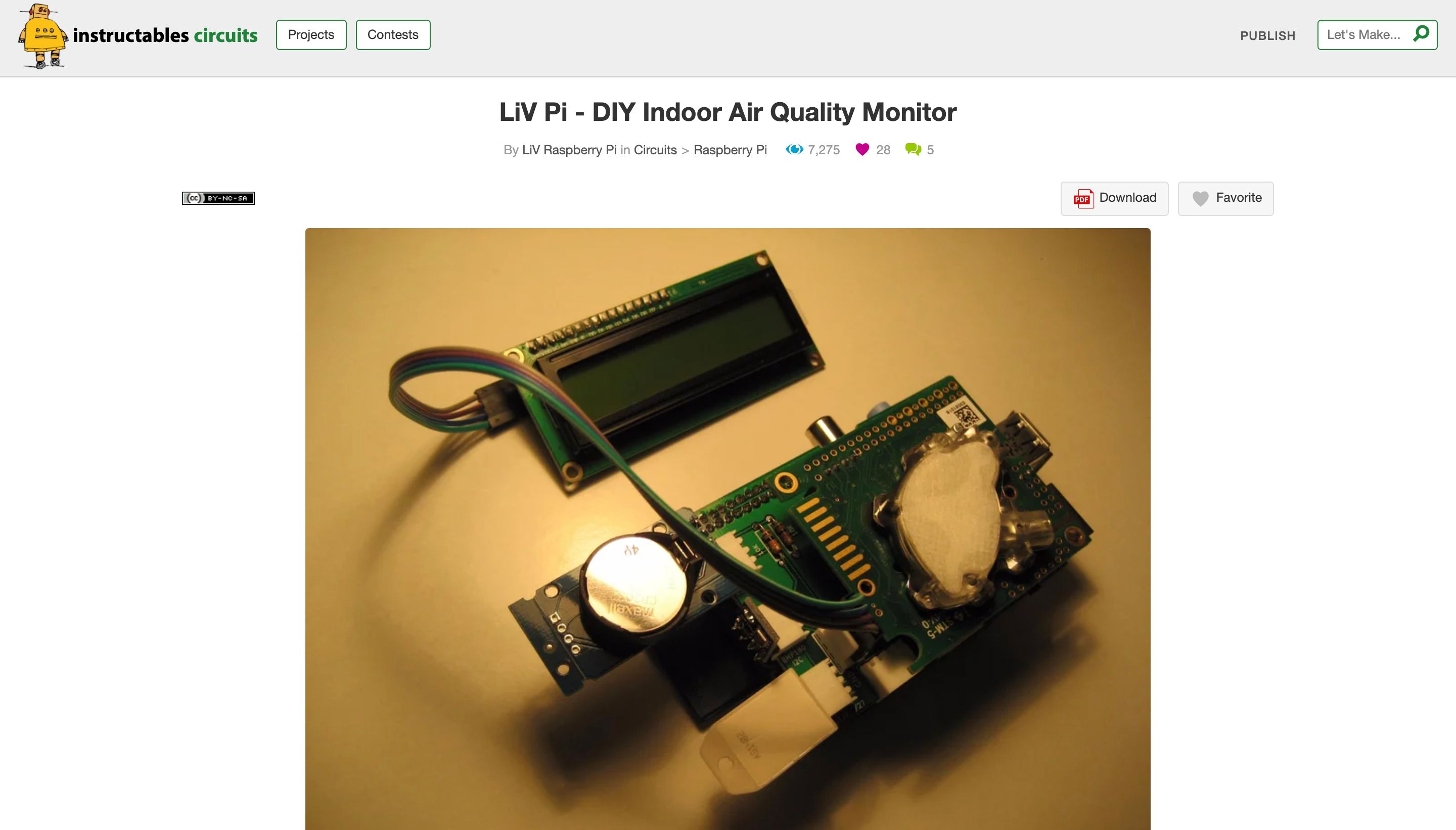SSH Raspberry Pi IoT Projects - Remote Control Made Simple
Do you ever think about how you could control your small computing devices, like a Raspberry Pi, from anywhere without needing to plug in a screen or keyboard? It's a pretty neat idea, isn't it? Well, there's a simple way to do just that, and it involves something called SSH. This method lets you connect to your little computer from another machine, making it super handy for all sorts of smart home gadgets and other interesting setups you might be building.
A Raspberry Pi, that small, affordable computer, is a wonderful choice for creating various smart devices and automated systems. People use them for everything from setting up home media servers to building complex sensor networks. What makes them even more versatile is the ability to manage them remotely, which is where SSH really shines. You see, it allows you to send instructions, move files around, and even write code directly on your Raspberry Pi without ever having to be right next to it, which is pretty convenient, too.
This whole idea of connecting to your Raspberry Pi from afar, especially for your smart device creations, is really catching on with folks who like to tinker and develop. It means you can set up your projects in one spot and then manage them from another, whether that's across the room or even across town. We'll walk through how to get this set up, making sure you can get the most from your little computers and the cool things you build with them, so you can see how it all works.
- Taylor Frankie Paul High School
- Who Is Armstrong Williams Wife
- Low Calorie Dairy Free Ice Cream
- Ginean Rapp
- Senior Swingers
Table of Contents
- What Is SSH and Why Is It Useful for SSH Raspberry Pi IoT Projects?
- Getting Started - Setting Up SSH on Your Raspberry Pi for SSH Raspberry Pi IoT Projects
- How Does SSH Change the Way We Work with SSH Raspberry Pi IoT Projects?
- Keeping Your SSH Raspberry Pi IoT Projects Safe with SSH
- Making the Most of SSH for Your SSH Raspberry Pi IoT Projects
- A Quick Look Back at SSH Raspberry Pi IoT Projects
What Is SSH and Why Is It Useful for SSH Raspberry Pi IoT Projects?
Secure Shell, or SSH, is basically a way to have a very private conversation between two computers over a network. Think of it like a secure tunnel for your commands and information. When you use SSH with your Raspberry Pi, it means you can send instructions to it, move files back and forth, and even write computer code from another computer, all without worrying too much about someone else peeking in. It’s pretty important for keeping your smart home gadgets and other automated things running smoothly and safely, you know, when you're not physically there.
The Raspberry Pi is a really popular little computer, and it’s especially good for making things for the Internet of Things, or IoT. These are devices that connect to the internet to send or receive information, like smart light bulbs or temperature sensors. Because the Raspberry Pi is so small and doesn't cost much, it's a favorite among people who like to build these sorts of things. SSH makes it even better because it means you don't need a screen, keyboard, or mouse hooked up to your Pi all the time. You can just put it where it needs to be, and then control it from your main computer, which is actually very helpful.
So, whether you're looking after a small home server, running some cool IoT setups, or just trying out new ways to code, SSH lets you connect to your Raspberry Pi in a way that feels very safe. This means you can get things done without having to physically interact with the device. It truly makes managing your various smart creations much simpler and more flexible, so you can see why it's a good choice.
Getting Started - Setting Up SSH on Your Raspberry Pi for SSH Raspberry Pi IoT Projects
Getting SSH up and running on your Raspberry Pi is not as tricky as it might sound. The process is pretty straightforward, especially if you're using Raspberry Pi OS Desktop. You usually just need to go into the settings and turn on the SSH option. Once that's done, your Raspberry Pi is ready to listen for connections from other computers. This initial setup is a big step towards being able to manage your small devices from anywhere, which is rather nice.
For those who are just starting out with IoT or even seasoned creators, setting up free remote SSH access for your Raspberry Pi is a great way to begin. This guide aims to walk you through each step, making sure you can get SSH downloaded and set up for your Raspberry Pi IoT device without any fuss. It’s all about making sure you can get to your device whenever you need to, without being tied down to its physical location, you know, for convenience.
The idea of being able to download and use SSH for your remote IoT Raspberry Pi projects, for free, is really changing how people work with these devices. It means more freedom and more ways to experiment with your creations. This makes it a very exciting time to get involved with these sorts of things, as a matter of fact.
Headless Setup for SSH Raspberry Pi IoT Projects
One of the really neat things about using SSH with your Raspberry Pi is that it allows for what's called a "headless" setup. This means your Raspberry Pi doesn't need a screen, keyboard, or mouse plugged into it. You can just have the little computer itself, maybe tucked away in a cupboard or inside a project box, and still control it completely from another computer. You can send it commands, move files, and even write and change code directly on your Raspberry Pi and other devices connected to its pins, all through this remote connection. It’s incredibly useful for projects where you want the Pi to be out of sight and out of mind, just doing its job, still.
This way of working is especially good for smart home devices or sensors that you want to place in different spots around your house. You set them up once, and then you can manage them from your main computer without having to move them or plug anything in. It saves a lot of time and makes it much easier to keep your projects running, or to make changes to them whenever you need to. It's a pretty big advantage, honestly.
Connecting from Different Devices for SSH Raspberry Pi IoT Projects
It's not just from a desktop computer that you can connect to your Raspberry Pi using SSH. Setting up SSH access for your Raspberry Pi IoT projects from an Android device, for example, is easier than you might expect. There are apps available that let you do this, giving you the flexibility to check on or adjust your projects even when you're away from your main computer. This means your smart home gadgets are truly within reach, no matter where you are, which is kind of amazing.
Whether you're new to the world of smart devices or you've been working with them for a while, this guide will show you how to set up remote access using web SSH on a Raspberry Pi. Web SSH lets you connect through a web browser, which can be super convenient if you're on a computer that doesn't have SSH software installed. It just adds another layer of ease to managing your projects, allowing you to stay connected and in control, basically.
Being able to connect from various devices, like your phone or a web browser, really makes managing your Raspberry Pi projects much more adaptable. It means you're not limited to a single setup or location. This flexibility is a really good thing for anyone who wants to keep their smart devices working well and be able to make changes on the fly, as a matter of fact.
How Does SSH Change the Way We Work with SSH Raspberry Pi IoT Projects?
The synergy between the Raspberry Pi's adaptable nature and SSH's secure connection creates a very strong base for today's smart device projects. By using SSH, you no longer need to be physically present where your device is located. This saves a lot of time and valuable resources. Think about it: if you have a sensor out in your garden, you don't have to go outside every time you want to check its readings or adjust its settings. You can just do it from your couch, which is really nice.
This remote access capability completely changes how people, from hobbyists to professional developers, interact with their IoT devices. It means you can set up a project in a hard-to-reach spot, like inside a wall or high up on a shelf, and still have full control over it. It also makes it much simpler to work on multiple projects at once, as you can switch between them without moving around. This kind of freedom really helps with making new things and automating tasks, you know, for efficiency.
For those who enjoy building things, getting good at remote SSH on Raspberry Pi can take your smart device projects to a new level. It opens up many opportunities for making things new and for automating processes. Imagine being able to update the software on all your smart devices at once, from a single location. That's the kind of convenience SSH offers, making your life a little bit easier when it comes to managing your tech, honestly.
Keeping Your SSH Raspberry Pi IoT Projects Safe with SSH
While SSH is incredibly useful, it's also very important to make sure your connections are secure. Since you're accessing your Raspberry Pi remotely, you want to be sure that only you can get in. This means taking some sensible steps to protect your SSH setup. Things like using strong passwords, or even better, using something called SSH keys instead of passwords, can make a big difference. SSH keys are like a digital lock and key, where only your specific key can open the connection, which is pretty secure.
There are also other good habits to follow, such as changing the default login name on your Raspberry Pi and making sure your software is always up to date. These little steps add up to a much safer environment for your smart device projects. It’s all about making it harder for unwanted visitors to get access to your devices, keeping your information and your projects safe from prying eyes, as a matter of fact.
Remember, the goal is to use SSH to its fullest while also keeping your systems protected. Exploring some of the more advanced features of SSH, like setting up firewalls or limiting who can connect, can also add extra layers of protection. It’s about finding a good balance between convenience and security, so you can enjoy your projects without too much worry, you know, for peace of mind.
Common Questions About SSH Raspberry Pi IoT Projects
People often have questions when they start using SSH for their Raspberry Pi smart device projects. One common question is about how to find the Raspberry Pi's address on the network so you can connect to it. Another might be about what to do if the connection doesn't work right away. Usually, these issues can be solved by checking your network settings or making sure SSH is definitely turned on on the Pi. It's usually something simple, you know.
Another thing people wonder about is how to manage multiple Raspberry Pis using SSH. The good news is that once you get the hang of connecting to one, connecting to several is very similar. You just need to keep track of each Pi's network address. This makes it possible to have a whole fleet of smart devices working together, all controlled from one spot, which is actually quite powerful.
People also ask about specific uses, like setting up SSH to work with a Windows computer, or how to get it working with peer-to-peer (P2P) connections for more direct communication between devices. These are all things that can be done, and there are many resources out there to help you figure them out. It’s about exploring the possibilities and finding what works best for your specific project needs, basically.
Making the Most of SSH for Your SSH Raspberry Pi IoT Projects
SSH remote access is a truly valuable resource for looking after your smart device projects on Raspberry Pi. By becoming familiar with what it can do and following good practices, you can really get the most from your devices and make your development process smoother. It’s about having a tool that gives you control and flexibility, allowing you to work on your projects from anywhere, which is a big deal.
From the initial setup of SSH on your Raspberry Pi to exploring more advanced ways to use it, there’s a lot to learn and try. This includes things like setting up SSH keys for easier and safer logins, or configuring your network to allow for more complex remote setups. The more you use it, the more comfortable you'll become, and the more ideas you'll have for new projects, you know, for future endeavors.
The concept of using SSH for remote IoT Raspberry Pi projects, especially with free options, is truly a great way for beginners to get started and experiment with smart device technology. It provides a solid foundation for learning about remote management and secure communication, skills that are very useful in today's connected world. It's a stepping stone to building even more complex and interesting things, so it's a good place to start.
A Quick Look Back at SSH Raspberry Pi IoT Projects
This guide has talked about how SSH is a strong tool for managing your smart device projects on Raspberry Pi. We've gone over how you can set it up securely and use it for your various smart device applications. It’s been about showing you how to send instructions, move files, and even work on your code from afar, making your Raspberry Pi and other connected devices controllable without a screen or keyboard.
We also touched on how easy it is to get SSH going on Raspberry Pi OS Desktop and how this small, affordable computer is a good choice for smart device creations. We explored options for remote SSH access, including how it’s changing the way people work with these devices and how you can manage your Raspberry Pi from a distance. We also considered how to set up access from an Android device and use web SSH.
The discussion also included how getting good at remote SSH on Raspberry Pi can make your smart device projects even better, combining the flexibility of the Pi with the safety of SSH. We talked about connecting securely, even with peer-to-peer setups, and the steps to download the needed software. Finally, we emphasized that becoming good at SSH for remote IoT Raspberry Pi projects, especially with free options, is a valuable ability that can truly improve your projects by getting rid of the need to be physically at the device's location, which saves time and effort.

The 10 Best Raspberry Pi IoT Projects

The 10 Best Raspberry Pi IoT Projects

The 10 Best Raspberry Pi IoT Projects